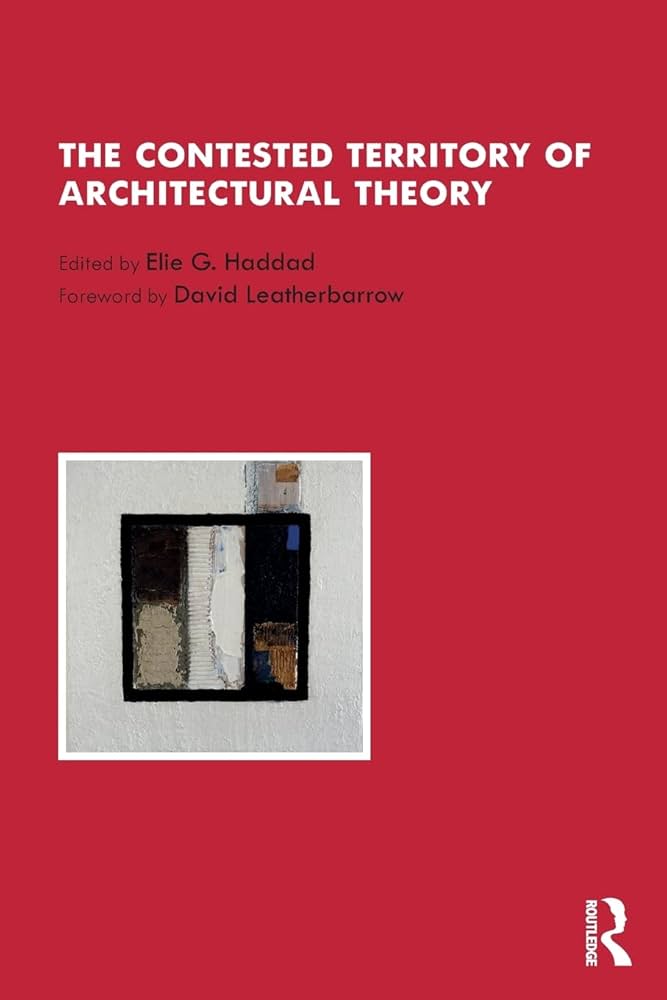“On the Use and Abuse of Biological Functionalism for Architecture”

"On the Use and Abuse of Biological Functionalism for Architecture." In The Contested Territory of Architectural Theory, edited by Elie G. Haddad, 159–174. New York: Routledge, 2022, https://doi.org/10.4324/9781003292999-14 ISBN 9781032274751
Abstract: While rationalist theories of functionalism were part of the legitimation discourse of the Modern Movement, they never replaced competing and coexisting definitions of modern architecture, such as social and aesthetic ones. Today, however, leading architectural theorists are seeking to replace the multitude of architectural theories that came into being during postmodernism with a unified theory rooted in functionalism. Inspired by findings from biology and cybernetics, architect–theorists such as Farshid Moussavi, Alejandro Zaera Polo, and Patrik Schumacher propose, in their various ways, to reground architecture in a reductionist and determinist interpretation of functionalism. What further unites all these supposedly materialist positions is an attempt to turn ornament into a logical, functional extension of a particular tectonic solution, thus rendering moot any question of representation in architecture.
But this "Digital Darwinism," as Mario Carpo has dubbed it, might be more metaphorical than actual. In their 1979 article, The spandrels of San Marco and the Panglossian paradigm: a critique of the adaptationist programme, scientists Stephen Jay Gould and Richard Lewontin turned to a feature of architecture in order to challenge the then-current adaptationist interpretation of Charles Darwin's theory of natural selection. Their article had a major impact on its discipline, that of biology, but has so far been overlooked in architectural circles.
When experiencing the interior spaces of San Marco in Venice and of King's College Chapel in Cambridge, the authors note that whenever a dome is mounted on rounded arches, or whenever fan vaulting is employed, spandrels, pendentives, or other connective surfaces are generated as necessary byproducts of the chosen construction principle. Similar vestigial features arise in biological organisms, and this process was already acknowledged in Darwin's own writings, Gould and Lewontin argue.
Based on their revision of Darwinism, this article argues that today's functionalist paradigm in architecture, which claims that all representational meaning can be rationally derived from the tectonic, and which does not allow for, much less explain, the existence of vestigial properties in architecture, relies on a flawed understanding of architectural making and appreciation. Instead, this contribution makes the case for an antireductionist approach to architecture – digital and otherwise.